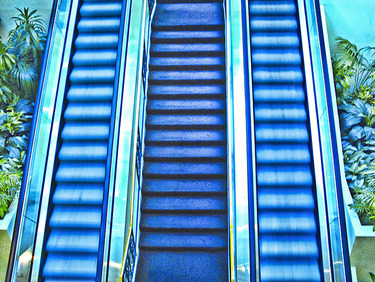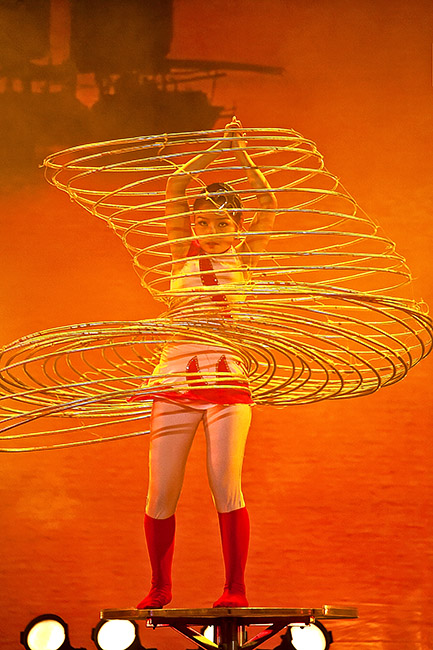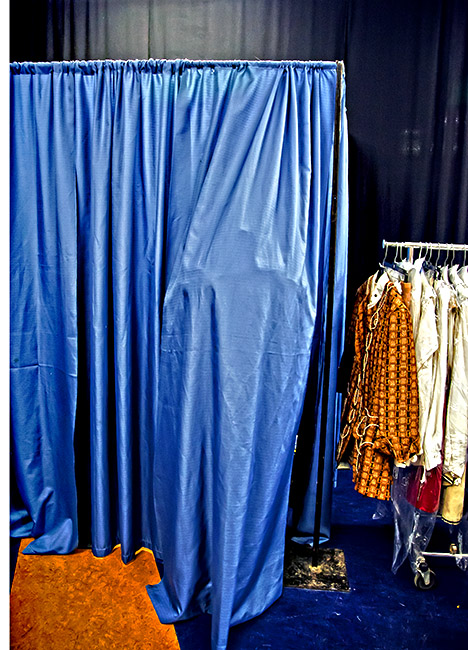"What Color is Your Paris Shoot?"*
story + photos by Paul Ross
(*warning: contains no photos of Paris)
There are just too many photo contests out there. Most of them are meaningless –except to those running the competition and collecting fees.
 The winners sometimes get gear and money but --with lottery-like odds-- the payoff is more often mere bragging rights and having your work displayed in cyberspace, which is the electronic equivalent of being tacked-up on a refrigerator.
The winners sometimes get gear and money but --with lottery-like odds-- the payoff is more often mere bragging rights and having your work displayed in cyberspace, which is the electronic equivalent of being tacked-up on a refrigerator.
In spite of all the preceding, when my wife found and forwarded one notice, the competition caught my eye. “Capture the Colour” (the contest is Brit-based) has separate judges for images concentrated around each of five hues: red, white, green, blue and yellow. Given my opinion that many in the photo world are enslaved by the unwritten artistic law that serious photography is B&W, this contest had instant appeal. It got me thinking, and not just about my own photos.
Consider the topic: colors are more than the result of physics and its interaction with human anatomy. They’re emotional. Psychologists and marketers would tell you that blue is “cool,” white is “clean” and red “passionate.” At least in our contemporary society. In other cultures and in other times and places, it’s different. Among some Native Americans, certain colors are linked to the cardinal directions (North= white, West=black, South=yellow and East=red). In Christian traditions, white stood for purity, red signaled blood and, borrowing from the Roman Empire that alternately repressed and embraced the church, the color purple was royal.
Even the language we use is colored: “he’s yellow,” “she’s black-hearted” and it seems everyone’s “got the blues.”
So I started thinking about travel locations and color, “common knowledge” and fallacy. Deserts are tan and oceans blue –except when they’re not. Just in the southwest U.S., there are two painted deserts: one in Arizona bearing that name and a second in neighboring New Mexico, near Abiquiu: where what’s referred-to as “Georgia O’Keeffe country” is comprised of mineralized deposits of red iron oxide, blue clays and sulfurous yellow outcrops. (It makes you realize that her abstract paintings were, in fact, closer to documentation.) In the arctic regions, polar seas are often inky black.
So much for color clichés. But there are also exceptions to the exceptions: the tropics tend towards intense forest green, Paris (you knew it’d be in this story somewhere) and London present a lot of blue/greys and urban China can be a riot of yellows and reds.
Clearly, I had much to choose from when selecting entries for a color photo contest.
Here’s what I picked and why.

I don’t know if I’m violating the rules with a triptych entry where three of the damn-near-same subject span several of the five specified categories but, when the “Mariachi Clowns” appeared at a cultural festival, each one head-to-toe in the colors of the Mexican flag, a contest challenge became inspiration.
The site of the celebration, Las Golondrinas (the swallows), is a loving re-creation of Spanish Colonial life in New Mexico, complete with costumed docents and, during the Summer, a series of events which range from the historic (Civil War re-enactors in the western-most state where the conflict actually took place) to a Wine & Chile Tasting, to the annual salute to Mexican culture called “Viva Mexico!”
The Mariachi Clowns were among the stars of the show. They worked largely in silence, but don’t think “street mime; think “Mr. Bean” instead and you’ll have a better idea of the international humor that immediately won over the crowd and held them, rapt, for an hour.
And after the official performance was over, clowning continued for my camera.

As far as my choice for dazzling yellow goes, I’m sticking with China, where a nimble acrobat in a Taiwanese stage extravaganza was as dedicated, professional and concentrated as any Olympic athlete.
In this photo, I was particularly pleased with way the key color and element (the hoops) are not the main focus, but still remain essential to the composition.

For blue, I’d really not say what it is because, like a magic trick, the fastest thing to disappear is wonder. (Unfortunately, the rules of the competition demand full disclosure so... spoiler alert: When invited to participate in Quebec City’s annual Fetes de la Nouvelle France, my wife –who hates “dressing up”- was reluctant to leave the changing room. The really weird part is that, once she did, she got into the playful spirit of the festivities, stayed in character and spoke only French for the entire day!)
Shooting under low, mixed (fluorescent, incandescent and natural daylight) lighting conditions is extremely difficult; you have to do a lot of work to make it look like you did nothing at all.
Now, in a spirit of generosity –for which photographers are not usually known- I’ll give you information about and a link to the “Capture the Colour” contest.
To participate, you must publish on a blog (which can be your own), entry is FREE and there are both equipment and cash prizes to be won.
You don’t have to include all five colors to enter.
http://www.travelsupermarket.com/c/holidays/capture-the-colour/
Good luck to one and all.
----------------------------------------------------------------------------------------
Paul Ross is a Travel Writer/Photographer & Videographer who
specializes in culture, humor, nightlife, and off-the-beaten path.
He likes color.